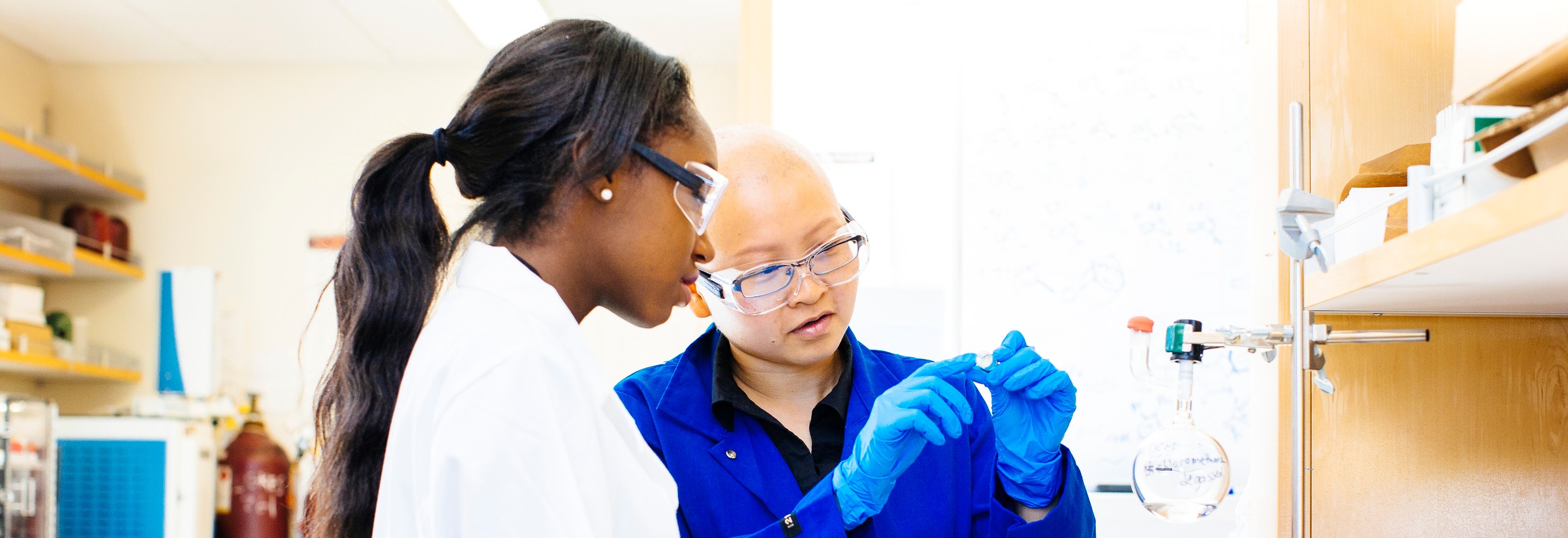Currently Under Development
Please contact Emily Bauer (emilybauer@ucmerced.edu) if you have any questions or need further information.

Currently Under Development
Please contact Emily Bauer (emilybauer@ucmerced.edu) if you have any questions or need further information.